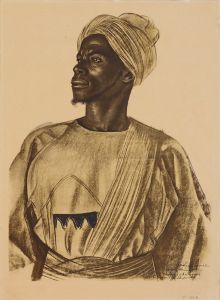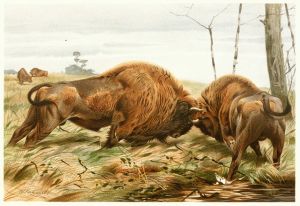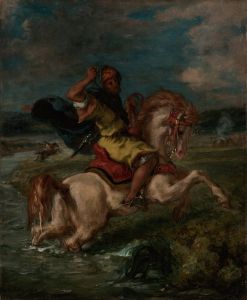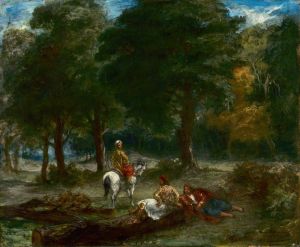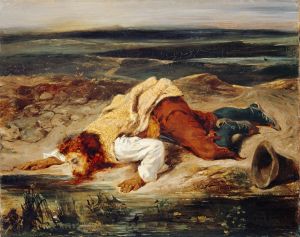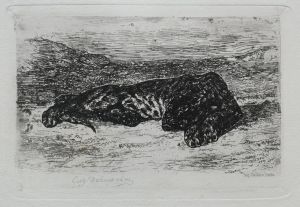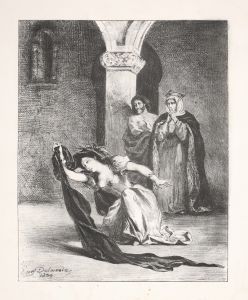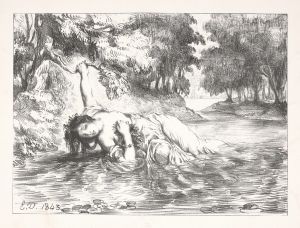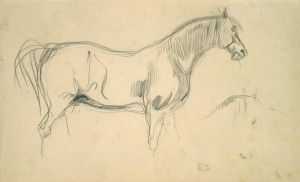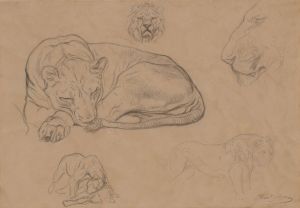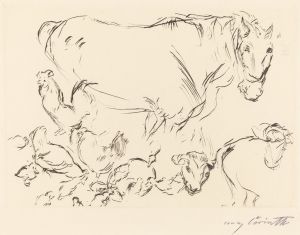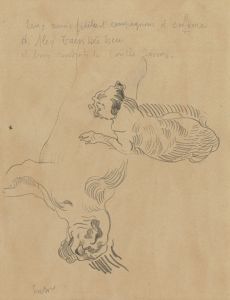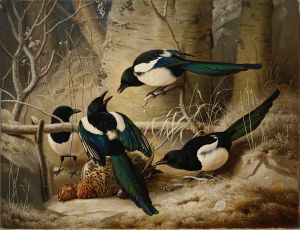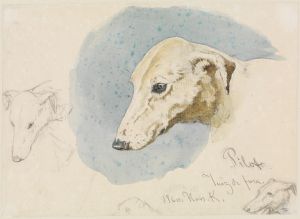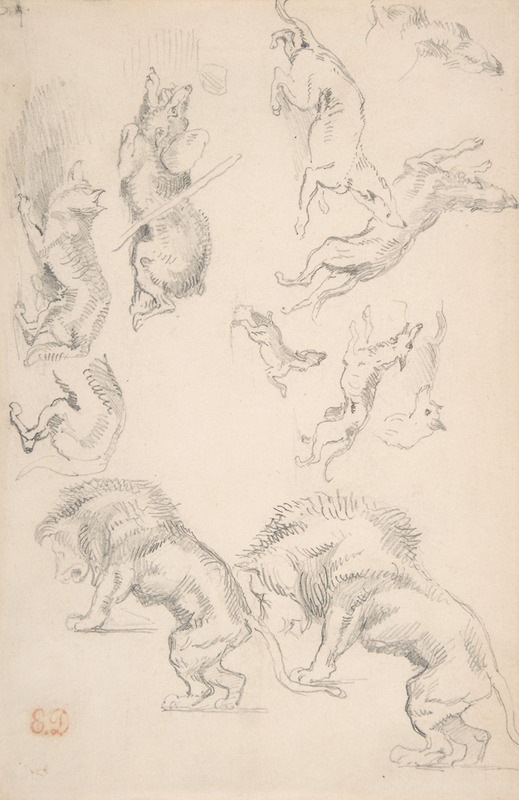
Studies of Animals
A hand-painted replica of Eugène Delacroix’s masterpiece Studies of Animals, meticulously crafted by professional artists to capture the true essence of the original. Each piece is created with museum-quality canvas and rare mineral pigments, carefully painted by experienced artists with delicate brushstrokes and rich, layered colors to perfectly recreate the texture of the original artwork. Unlike machine-printed reproductions, this hand-painted version brings the painting to life, infused with the artist’s emotions and skill in every stroke. Whether for personal collection or home decoration, it instantly elevates the artistic atmosphere of any space.
Eugène Delacroix, a prominent French Romantic artist, is well-known for his dynamic compositions and vivid use of color. Among his extensive body of work, Studies of Animals is a notable example of his fascination with the natural world and his dedication to capturing the vitality and movement of living creatures. This artwork, like many of Delacroix's studies, reflects his keen observational skills and his interest in exploring the anatomy and behavior of animals.
Delacroix often visited zoos, menageries, and even slaughterhouses to study animals in various states of activity and repose. These studies were not intended as finished works but rather as preparatory exercises to inform his larger compositions. His sketches and paintings of animals often served as references for his more ambitious historical and mythological scenes, where animals played a significant role. For example, his depictions of lions, tigers, and horses frequently appear in his dramatic battle scenes and exotic settings.
Studies of Animals is believed to be one of these preparatory works, showcasing Delacroix's ability to render animals with both anatomical accuracy and expressive energy. The piece likely includes depictions of various animals, drawn with a combination of quick, fluid strokes and more detailed rendering. Delacroix's approach to animal studies was influenced by his admiration for earlier masters such as Peter Paul Rubens, whose dynamic animal compositions left a lasting impression on him.
This work exemplifies Delacroix's Romantic sensibilities, emphasizing the raw power and untamed beauty of the natural world. His animal studies often convey a sense of movement and vitality, capturing the essence of his subjects rather than merely their outward appearance. Delacroix's use of light, shadow, and texture in these studies demonstrates his mastery of technique and his ability to evoke emotion through his art.
While specific details about Studies of Animals are limited, it is clear that such works played a crucial role in Delacroix's artistic process. They allowed him to experiment with form, composition, and technique, ultimately enriching his larger, more complex paintings. Today, these studies are valued not only for their artistic merit but also for the insight they provide into Delacroix's creative process and his deep appreciation for the natural world.





